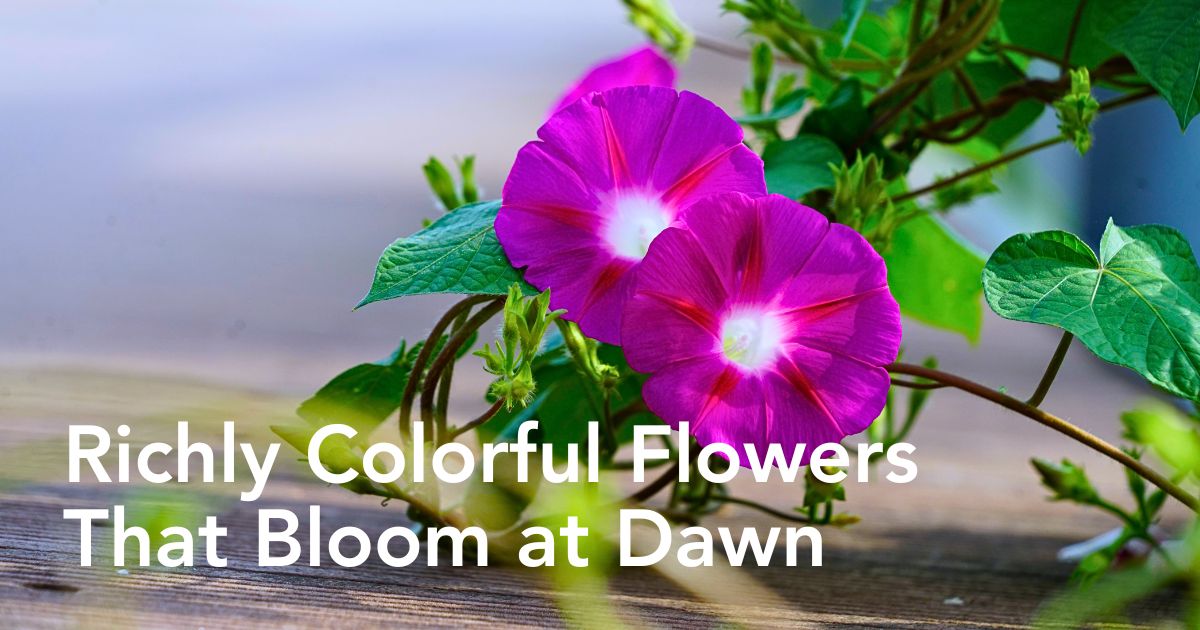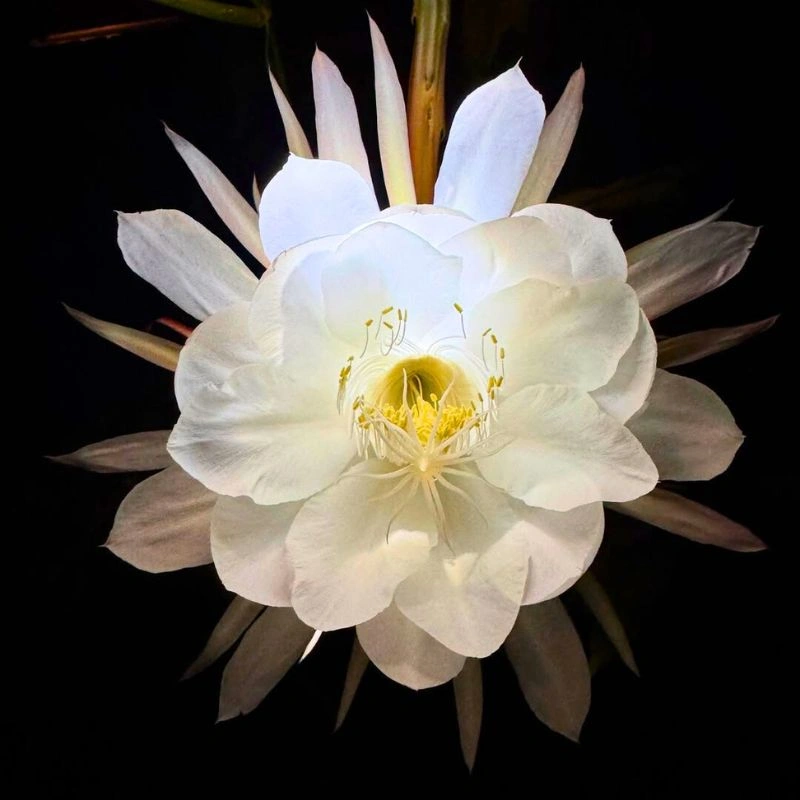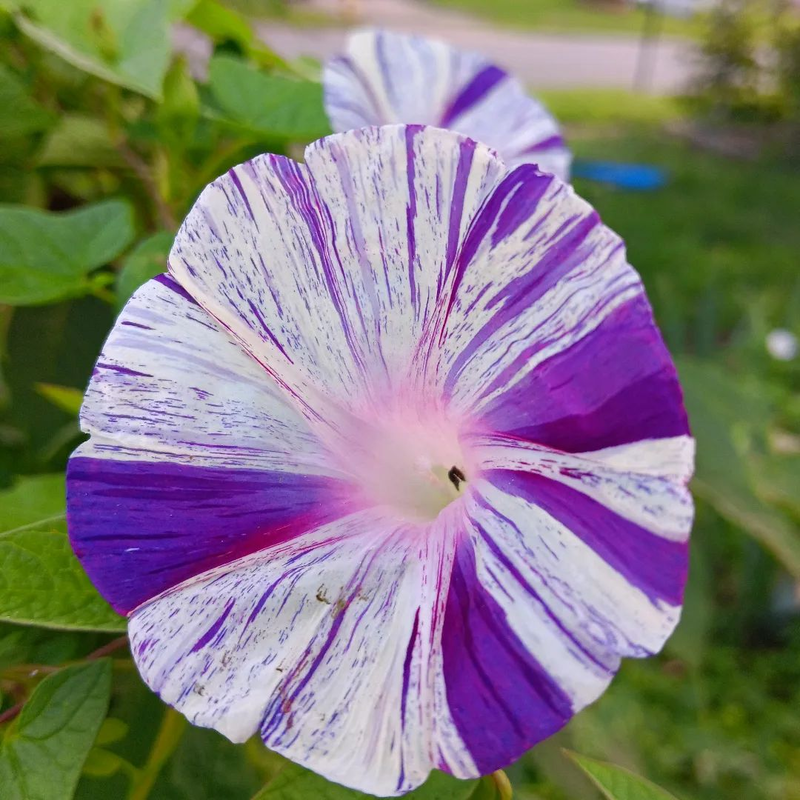Richly colored, and funnel-shaped, morning glory flowers are a beautiful addition to any garden and a true delight to behold especially in the early mornings. The flower's moniker is the common name for more than 1,000 species of flowering plants in the family Convolvulaceae, all of which produce these rich vibrant flowers. These morning glories are celebrated for their bright colors and graceful appearance, making them a popular choice among gardeners worldwide.
However, outside its ravishing visual appeal, the morning glory carries a richness of symbolic meaning and significance. Knowing its deeper essence can, therefore, offer a unique perspective into the natural world and the human experience. So, let's carry on to learn about the morning glory flower meaning, beyond its physical merits.
The Morning Glory Flower
Often known as Ipomoea, the morning glory flower has long been admired for its beauty, resilience, and symbolic meanings. With a history dating back to the early 3rd century, the morning glory has been a significant part of many cultures. They continue to hold special meaning for people around the world, symbolizing love and affection, renewal, and new beginnings.
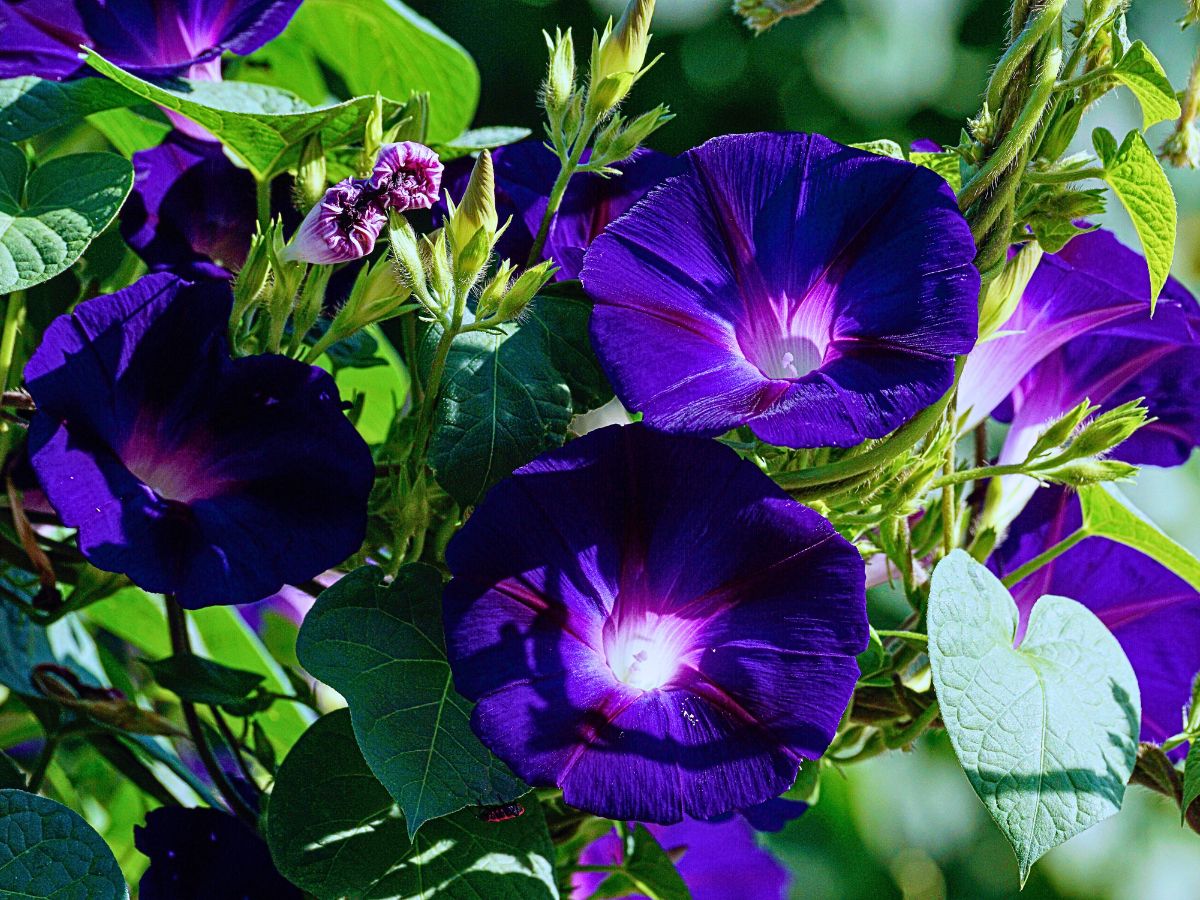
Just like the name implies, morning glory flowers unfurl into full bloom in the early morning with the sunrise. It is one of the flowers that bloom at night while glowing under the moonlight. The flowers usually start to fade a few hours before the corolla begins to display visible curling, embodying the fleeting beauty of a new day. In essence, this beautiful vining annual thrives before the heat of the day, with its blossoms found in the shades of purples, blues, pink, and whites.
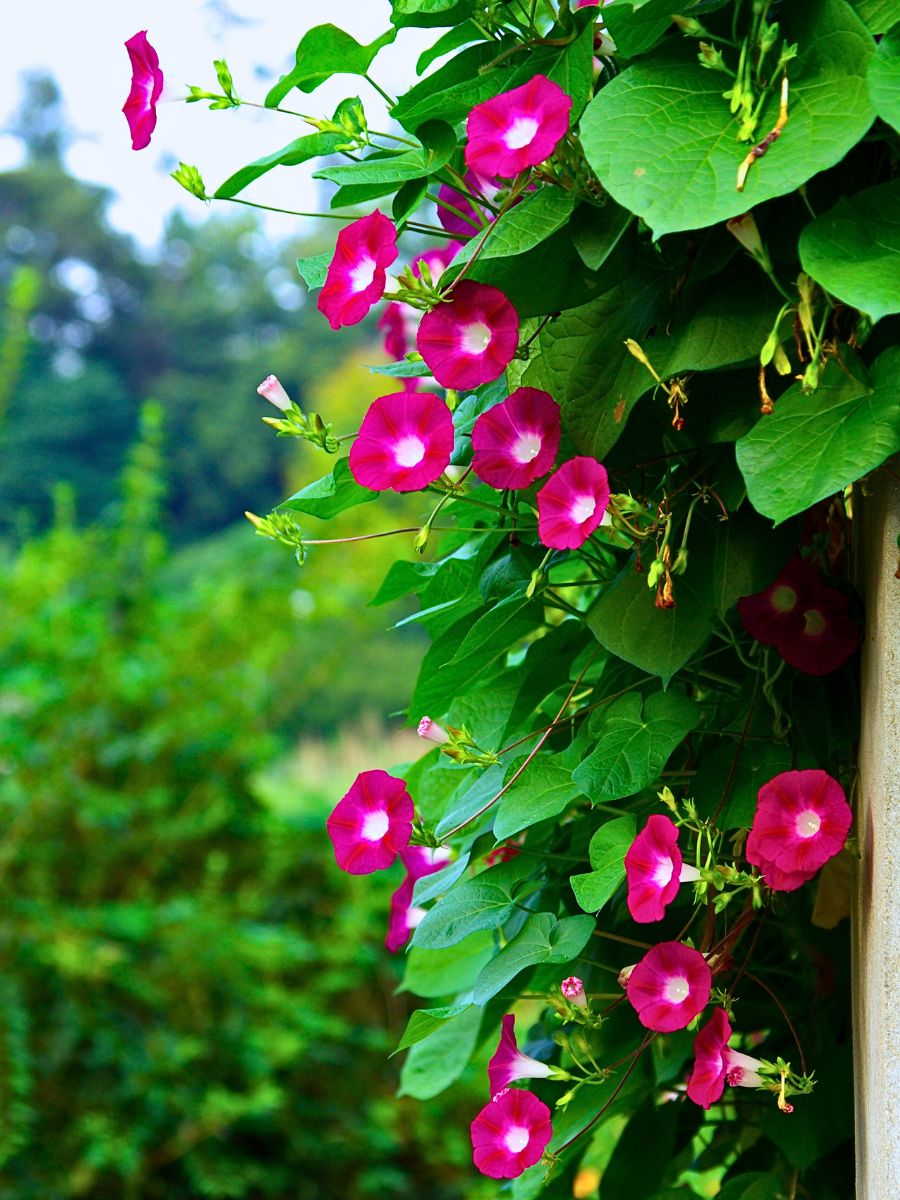
Photo by KIMDAEJEUNG
The brightly colored trumpet-shaped blooms of the morning glory, apart from its obvious aesthetics, emits a slight and subtle fragrance that makes it popular with pollinators and other insects like bees and butterflies. This interaction supports the growth habit of morning glories, ensuring their continued presence in gardens and natural settings.
Across Different Cultures, What Is the Meaning of Morning Glory Flowers?
The morning glory flower holds many meanings, with its variety of colors playing a significant role in dictating its ascribed symbolism across different cultures. But generally, its typical symbolism cuts across different cultures, representing diverse aspects such as love, purity, and spiritual enlightenment.
This beautiful flower serves as a gentle reminder of the fleeting nature of life and encourages individuals to embrace love and affection in their daily lives. It, likewise, symbolizes tenderness, and tenacity, prodding individuals to pursue their dreams with gentle strength and persistence. The morning glory flower provides a cue for one to live life to the fullest and appreciate every moment of their being emphasizing on hope and the pursuit of happiness.
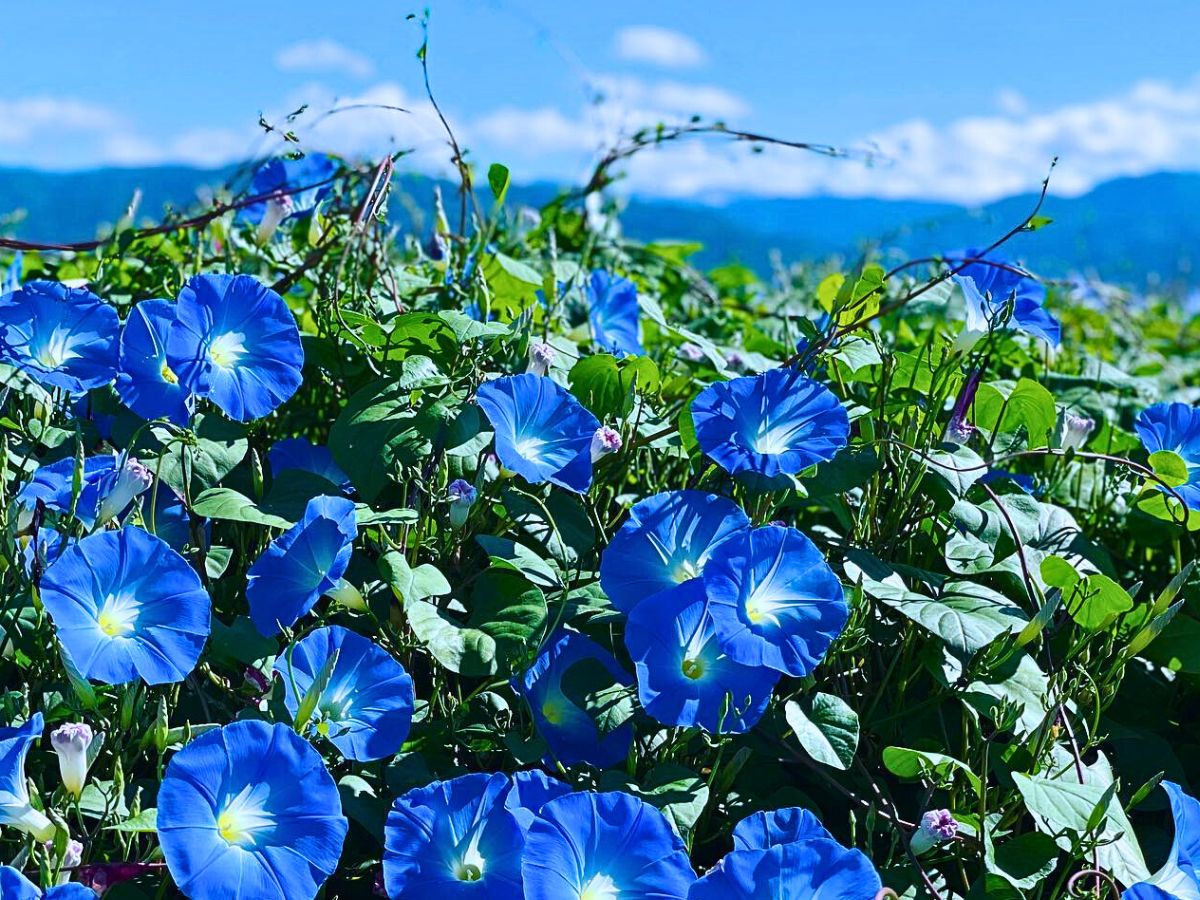
The morning glory's ability to bloom anew each day, also, signifies resilience and the power of rejuvenation. This theme of rebirth is particularly relevant in various cultures, where it is associated with renewal and new beginnings. In different cultures, it holds different meanings and these interesting facts about the morning glory flower meaning reveal how it is perceived in different societies. In Japanese culture, for instance, the morning glory signifies fleeting beauty and the transient nature of life, while in Chinese folklore, it embodies love and affection.
Some Native Americans view the morning glory as a symbol of strength and resilience, while in other Native American cultures, the flower is believed to protect against evil spirits and bad luck. In Mexico, the morning glory flower is linked to Aztec mythology and represents sacrifice and penance, while still yet, in the ancient civilizations of South America such as the Aztecs, Mayans, and even Egyptians, the morning glory was used as a decorative element. Here, its ability to thrive in challenging conditions and bloom early in the morning made it a representation of resilience and tenacity.
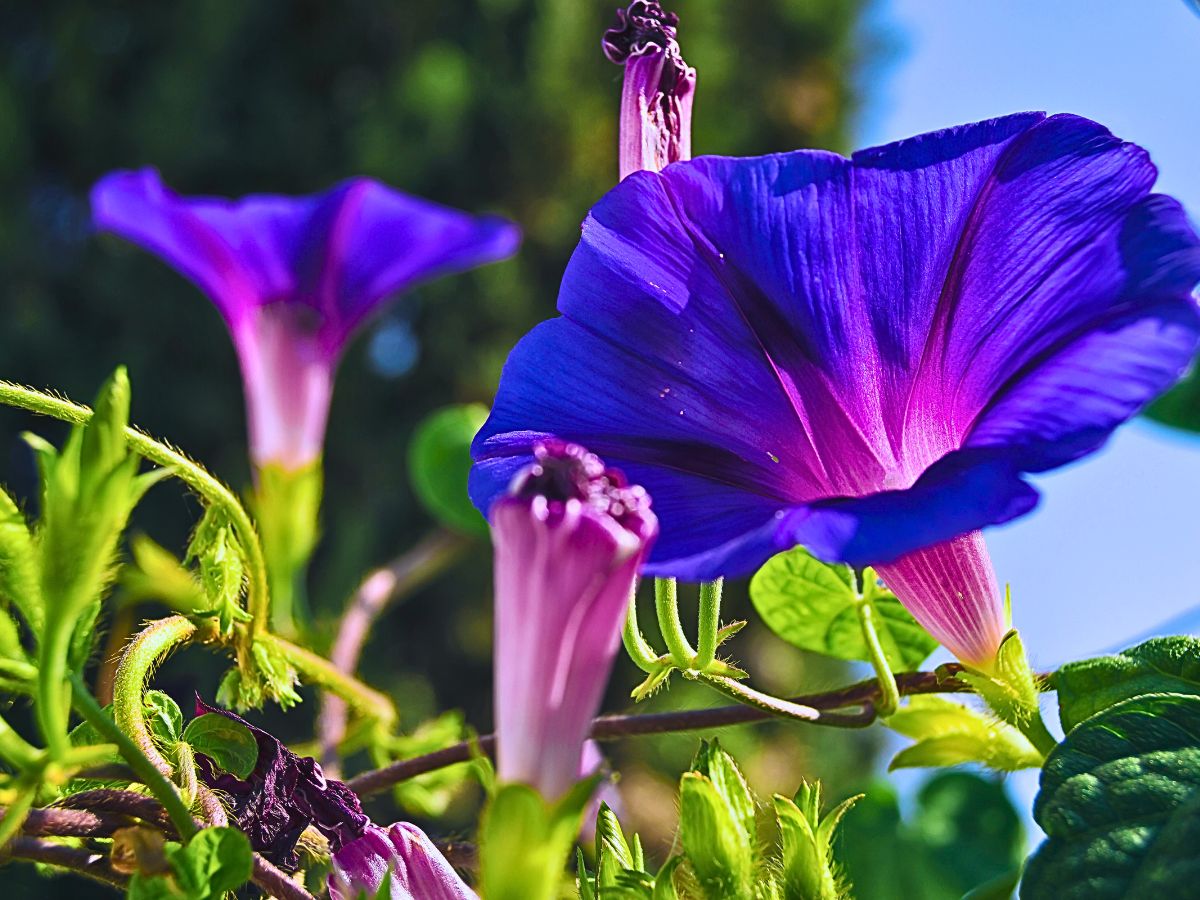
In Japanese lore, the morning glory flower was associated with the story of Izanagi and Izanami, the god and goddess of creation. The flower was said to have grown where Izanami was buried and symbolized her love and beauty. This flower, which is known as Asagao, still has more allegories attached to it in Japanese culture. For instance, if you dream of an Asagao flower, it is considered a symbol of good luck and prosperity. The flower, equally, represents love, affection, and gratitude. It also normally represents the transient nature of life.
The morning glory flower, furthermore, has a duality in meaning, which is quite intriguing. In Victorian times, it could epitomize love or mortality, love in vain, or even unreciprocated love. Chinese folklore, on the other hand, associates it with lovers meeting on a special day, while Christians see it as a prompt to the finite nature of life.
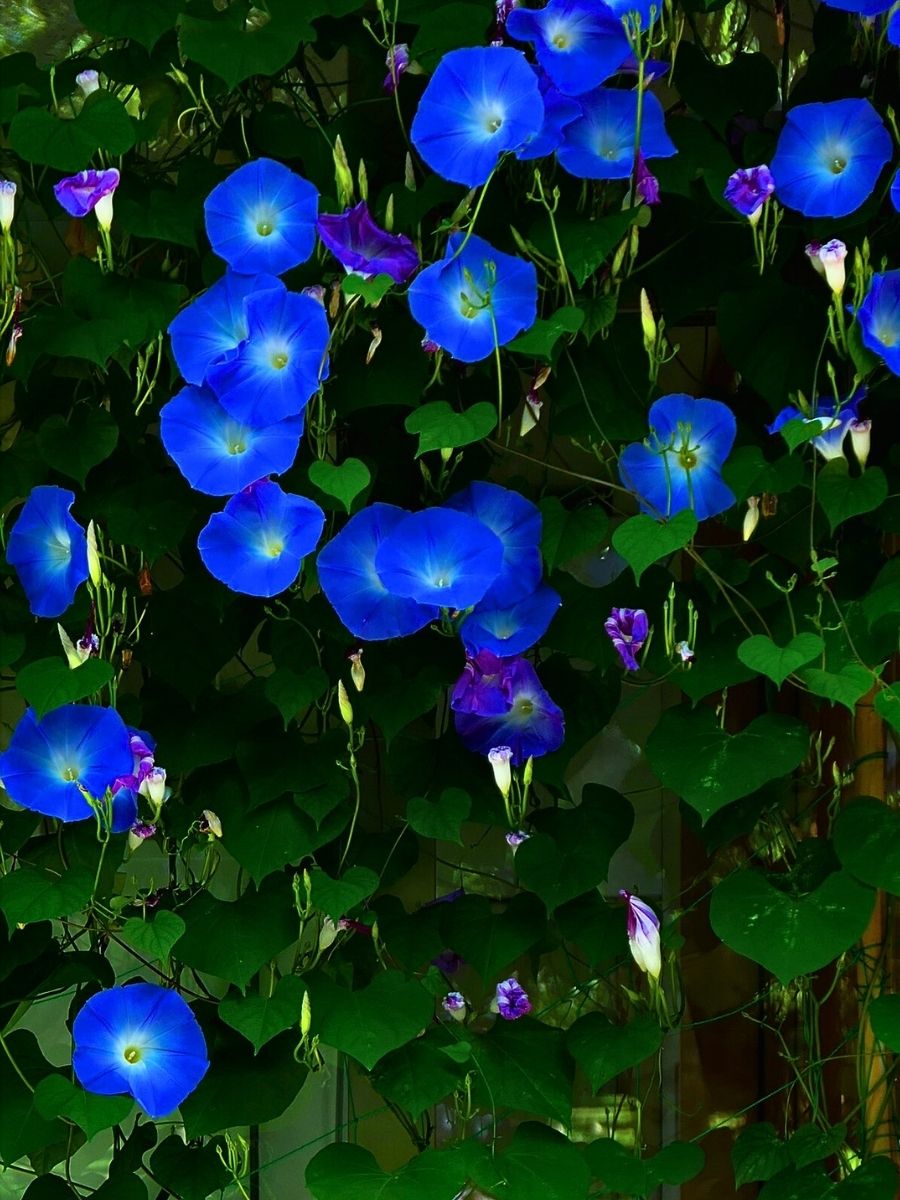
What is more, morning glories have been a popular theme in literature and art, where they embody youthfulness, beauty, and transience. Here, they have been used as a metaphor for transitory beauty, as the flowers bloom in the morning and wither away in the early hours of the afternoon.
Even still, in pop culture, the phrase ‘morning glory’ has multiple meanings, depending on the context and cultural background. For example, while the flower is the most common association with 'morning glory', the term can also refer to (What's the Story) Morning Glory?, the second studio album by the English rock band Oasis. It also refers to a classic cocktail that hardly goes ignored, a green vegetable consumed in Thailand, or a type of firework sparkler.
The term ‘morning glory’ also has a slang meaning that emerged in the late 1800s, referring to a horse that performed well in morning practice but poorly in the actual race. This then extended to describe people who did not live up to their expected potential. But, all that is outside its flowery connotations.
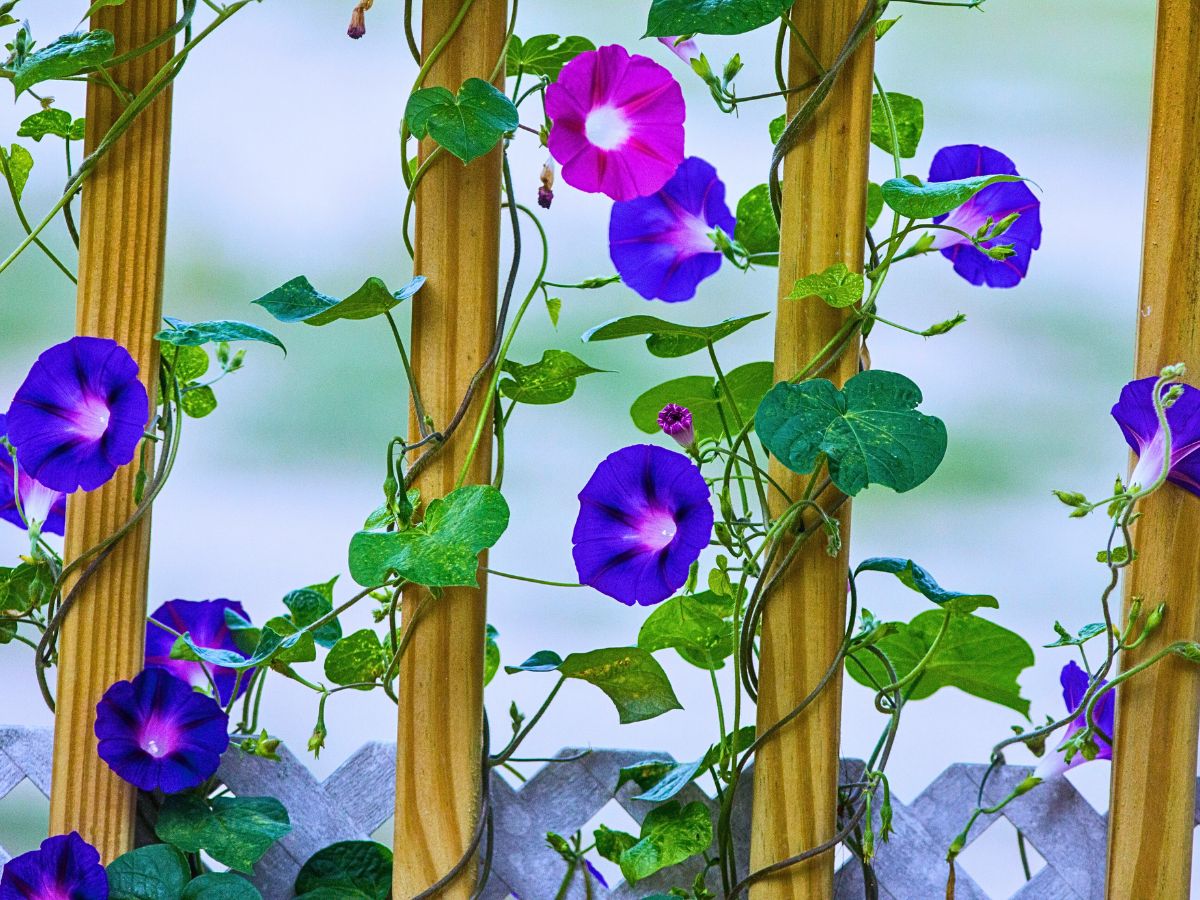
Photo by Gary Fultz
The color of the morning glory also carries meaning. White morning glory flowers, for example, symbolize purity, while red ones represent a strong heart. The flower's variety of colors, including blue, purple, red, white, and yellow, also generally adds to its aesthetic appeal and versatility.
Morning Glory Flower Tattoo and Its Meaning
The morning glory's beauty and variety of colors make it a handy tattoo subject. The quality of this beautiful flower allows for creative interpretations and personalization. Depending on individual's intentions and personal experiences, there can be different versions of the morning glory flower meaning. It can represent love, affection, resilience, renewal, or a deep connection to nature.
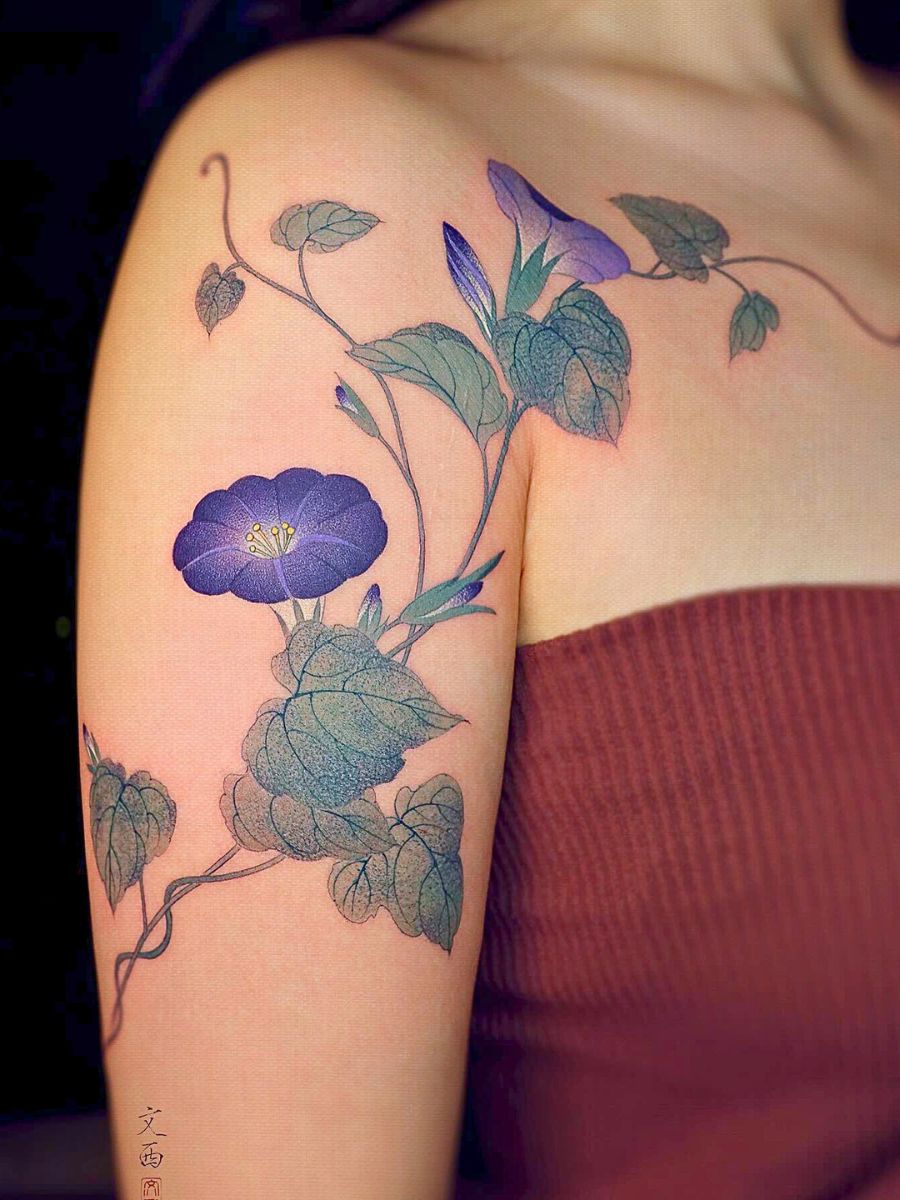
Photo by @tattoo.vinc
Just the same way, its tattoo design holds a deep and lasting connotation in tattoo culture, expressing themes such as love, life, and spirituality. Many people choose morning glory tattoos to express their love, commitment, and devotion towards their partners, and their other valued causes.
In some tattoos, for example, the morning glory's climbing and twisting vines indicate resilience and the ability to overcome obstacles. This can be a significant meaning for those who have gone through difficult times and have come out stronger. The morning glory tattoo is, for that reason, an aesthetically attractive feature, with its vibrant colors and intricate details, and can be inked on different parts of the body.
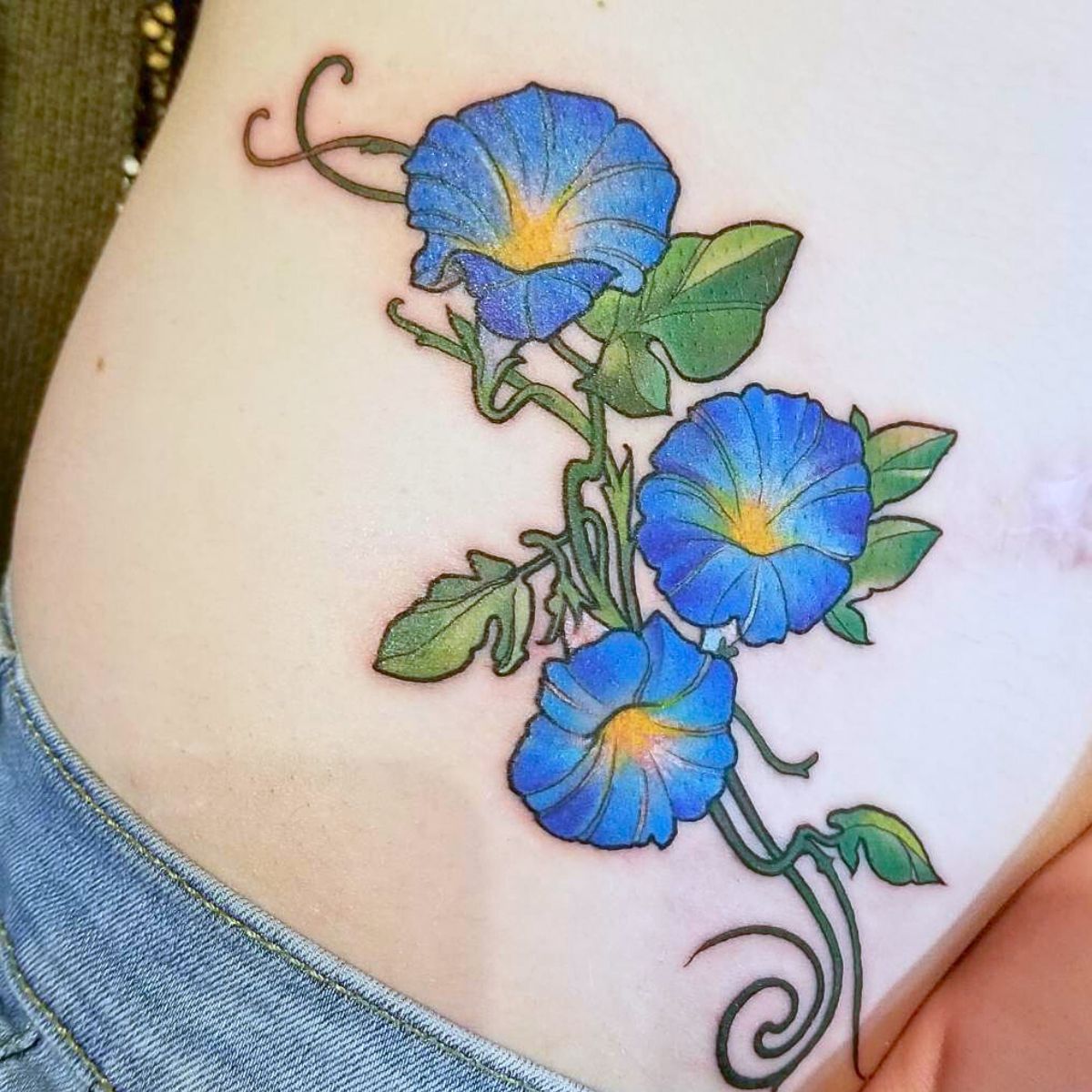
Photo by @jason.pedersen.art
Why Is Morning Glory a Perfect September Birth Month Flower?
Morning glories are often associated with September and are considered a birth month flower for those born in this month. Its symbolism of tenacity and tenderness, in this regard, inspires one to pursue their dreams with gentle strength and perseverence. If you are looking for more floral gift ideas, you might want to check out this article here: The Meaning of the 10 Most Popular Flowers as Gifts.
The daily cycle of the morning glory and its ability to bloom anew denotes resilience and the power of renewal. This theme of renaissance is particularly relevant in September, a time of transformation and new starts. September presents a shift in landscape and the beginning of cooler temperatures, resonating with a connection of nature.
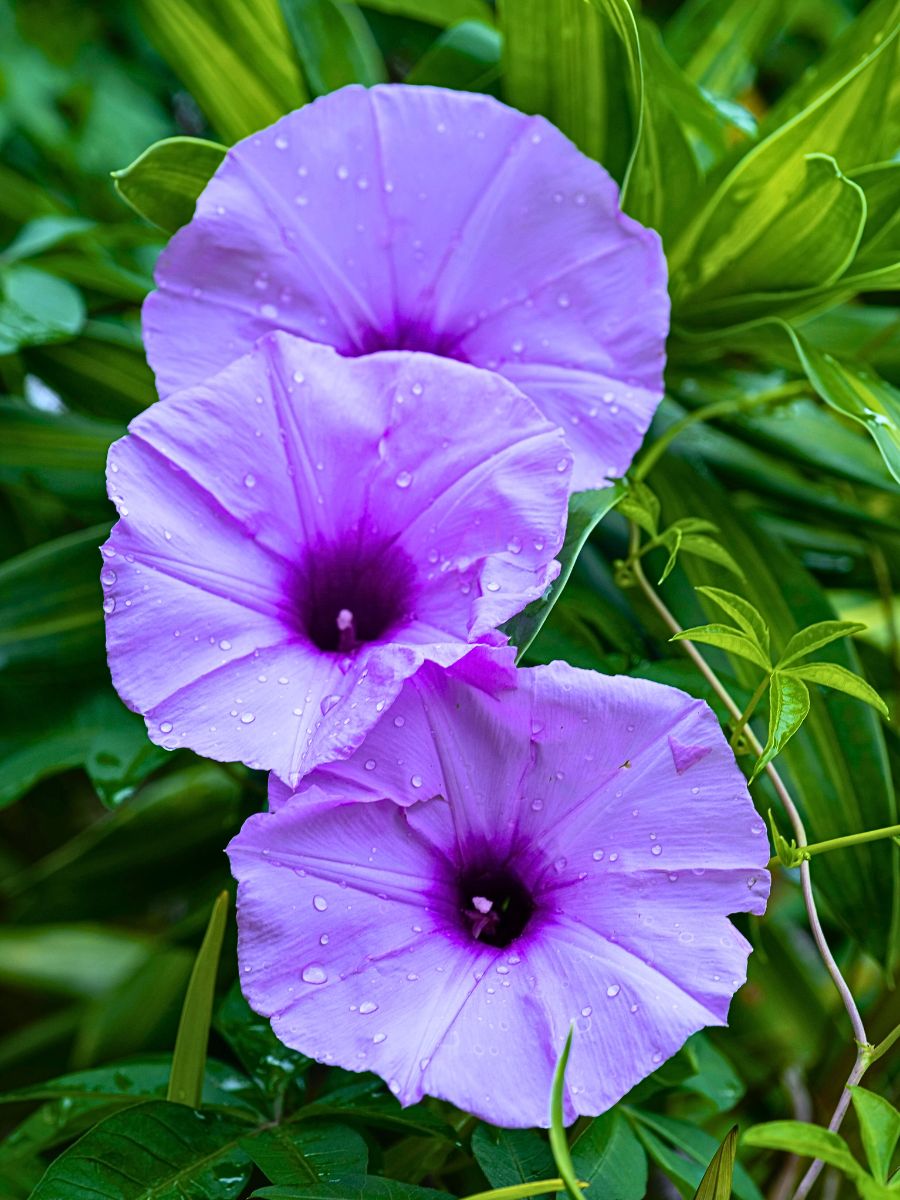
Photo by Tiểu Bảo Trương
Furthermore, since the morning glory has been associated with love and affection in many cultures, for those born in September, it can represent emotional bonds and spiritual influences they have in their lives.
All these, and many more, make this flower — alongside Aster flowers — an expressive choice for a September birth flower, reflecting the unique qualities and experiences of those born in this month. It, therefore, would make an ideal flower gift for special September occasions, such as birthdays, anniversaries, and other new beginnings.

Morning Glory Flower Care and Cultivation
With its exquisite beauty and unique features, the morning glory is, definitely, a favorite among gardeners. The fast-growing plants are often the first flowering vines that gardeners become familiar with. Their heart-shaped leaves and trumpet-shaped flowers, not only make perfect gardening additions but also attract wildlife to gardens.
As such, growing morning glories is a relatively easy task, but it requires some specific care and attention. To cultivate the flower, first, choose a sunny spot for the morning glories. They thrive in full sun, so ensure they receive at least six to eight hours of direct sunlight each day.
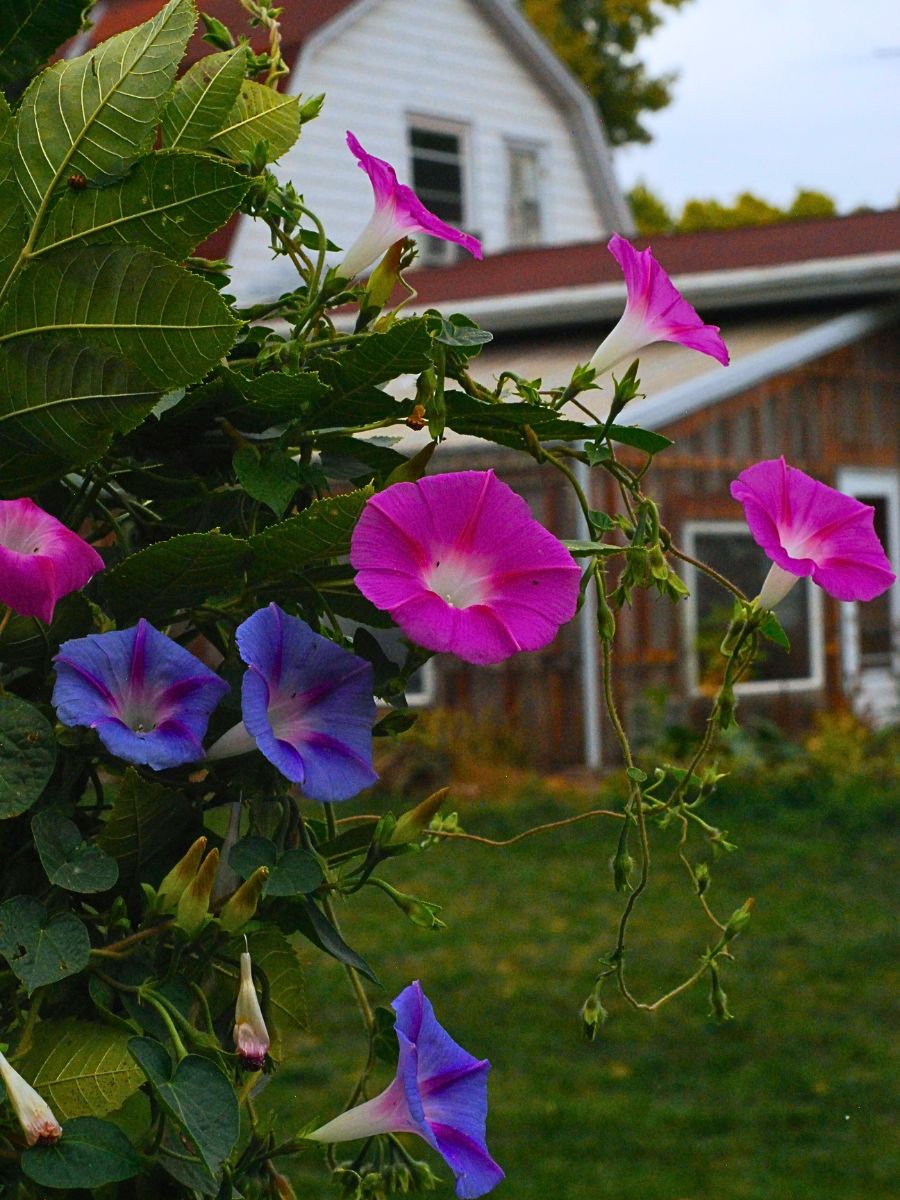
Plant them in well-draining soil that is moderately fertile. Moist but not soggy soil is ideal, and regular watering is essential to keep the soil moist. Also, provide support for the vines to climb, such as trellises, pergolas, or arches. Morning glories twine their vines around these supports, so make sure there is enough space for them to grow.
You can then sow the flowers directly in the garden after the threat of frost has passed and the soil has warmed up. Their sprouting rates can be improved by filing down the seeds and soaking them before planting. Water them thoroughly at planting and apply a balanced liquid fertilizer to encourage their growth. Also, avoid over-fertilizing, as this can lead to more foliage than flowers. Note that morning glories are low maintenance, but regular watering during dry periods is important. Mulch can be used to retain moisture and suppress weeds.
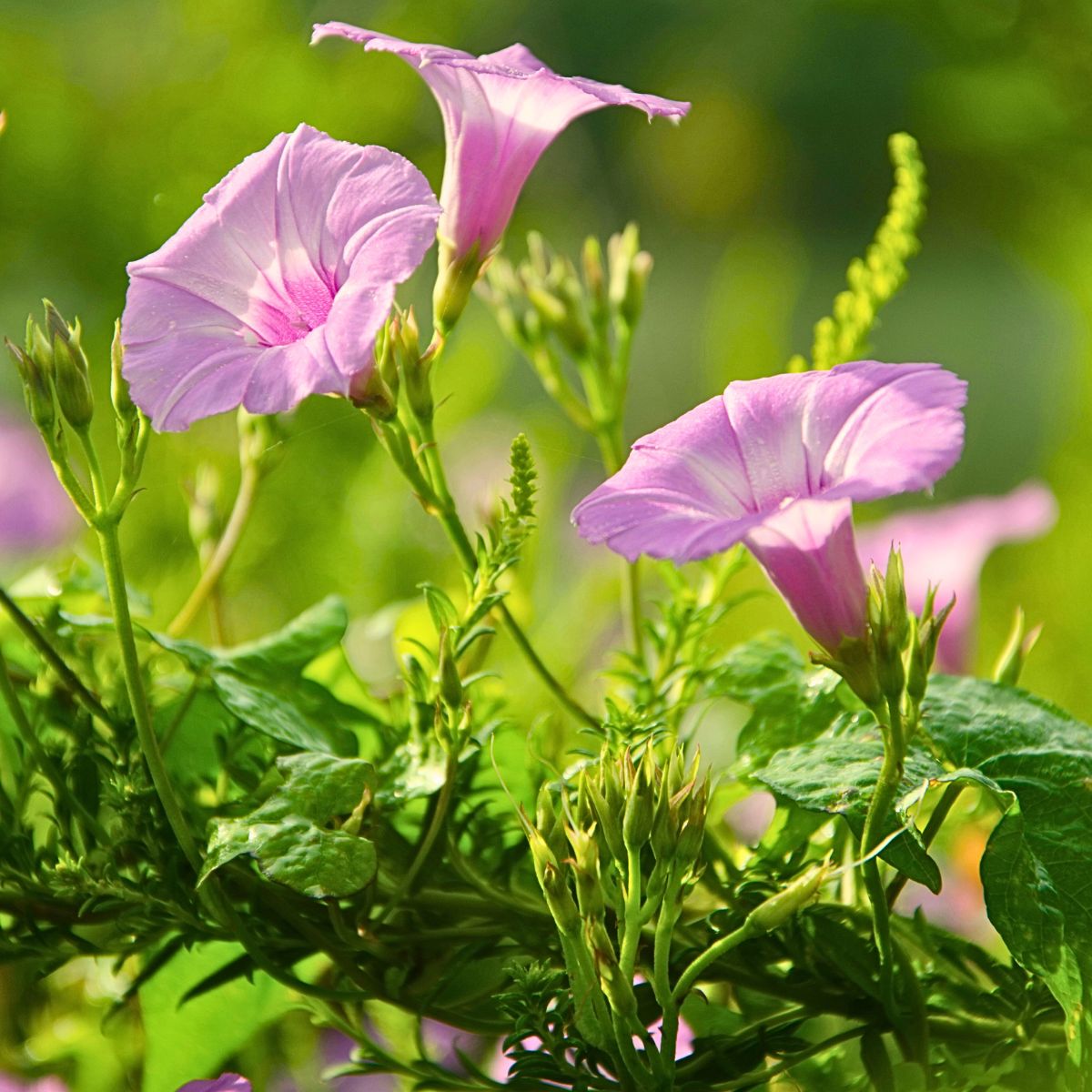
As they develop, pinch off old flowers before they turn into seedpods to prevent reseeding and, also, encourage more flowers. Being hardly and rarely troubled by pests and diseases, they are sometimes susceptible to aphids, spider mites, and leaf miners, which are possible pests, and root rot and powdery mildew the potential diseases. You should, as a result, look out for these.
Morning Glory Flower Design Aesthetics
Not only is the morning glory a beautiful addition to gardens but it, also, is a popular choice for incorporating into design aesthetics. Its exceptional characteristics and beauty make it a useful element that can improve different design concepts.
Morning glory vines can, for instance, quickly cover trellises, pergolas, arches, and fences, forming a colorful and vibrant wall. They can, also, be used to cover unsightly areas or to create a living fence, porch, or deck railing. Planting these flowers’ vines in containers with supporting trellises is, yet, another popular design choice.
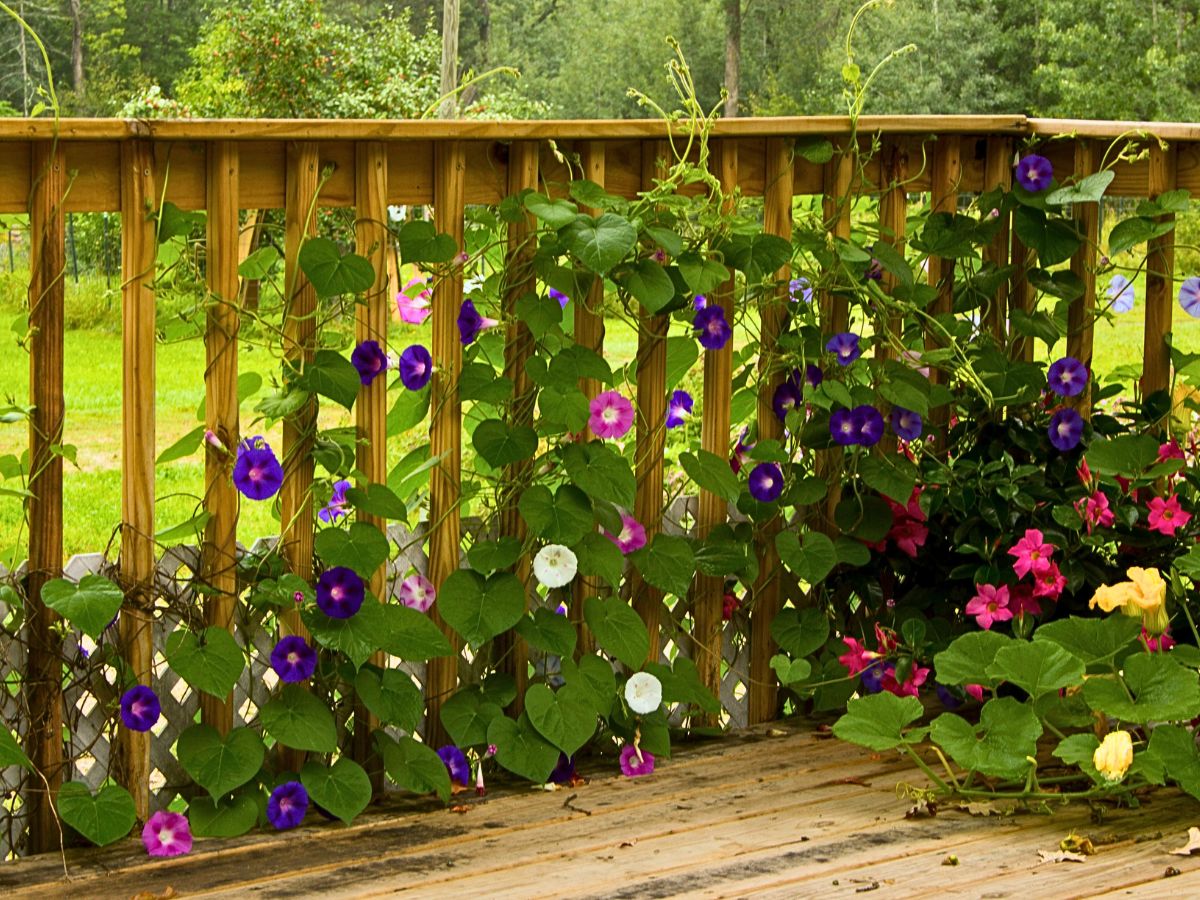
Photo by Gary Fultz
Moreover, the dwarf morning glory, a close relative of the typical vining morning glory, is more compact and produces mounds of hirsute silvery-green foliage. Likewise, its vivid blue flowers make it a perfect addition to landscapes, pairing well with other flower and foliage colors. The glorious morning glory is, therefore, a flower you should try out whenever and wherever you can!
Feature image by kelly, header image by KIMDAEJEUNG.

